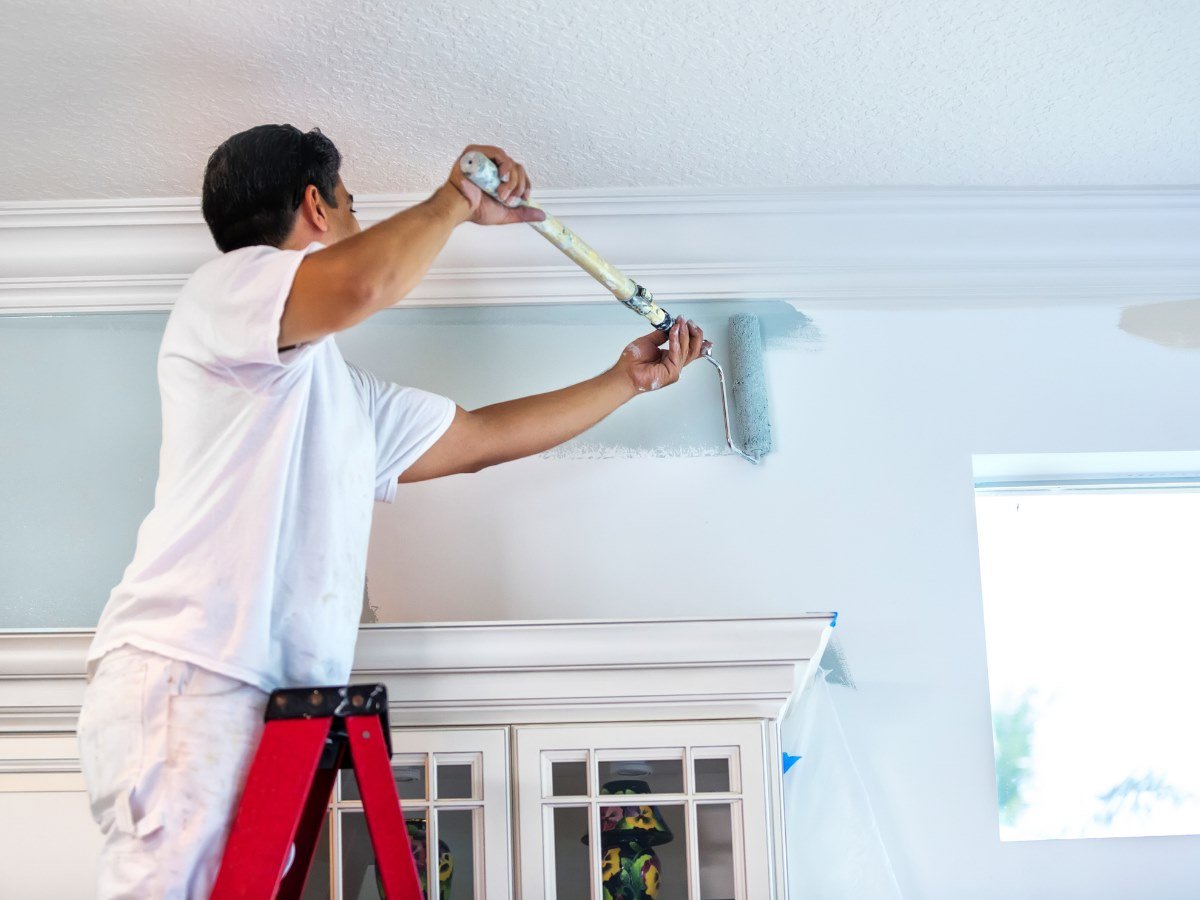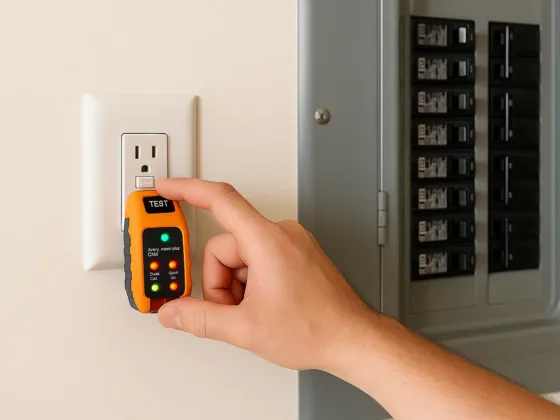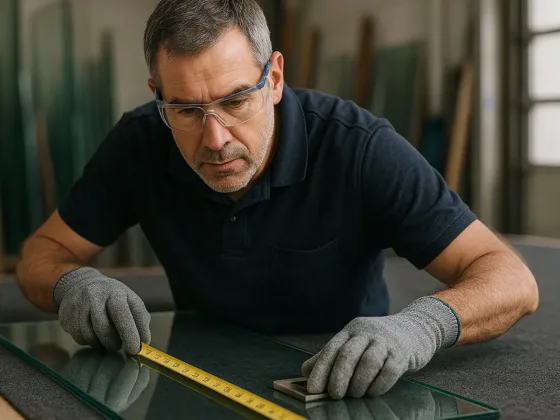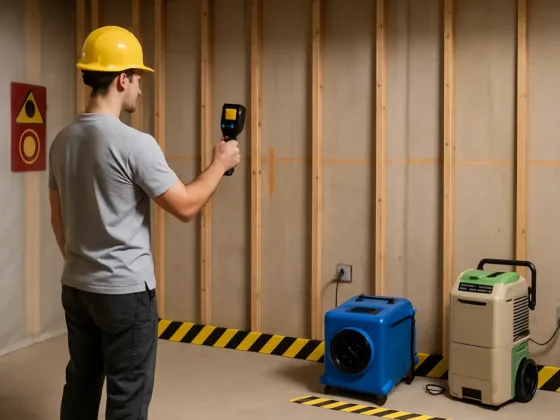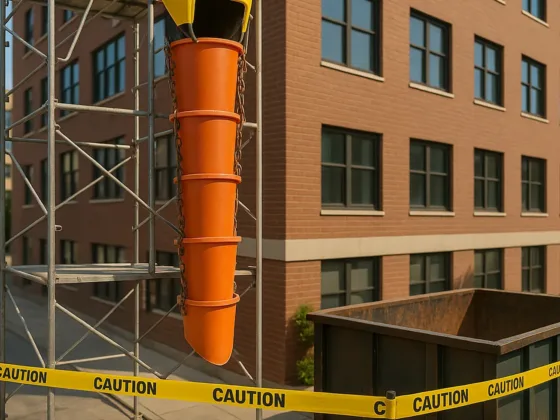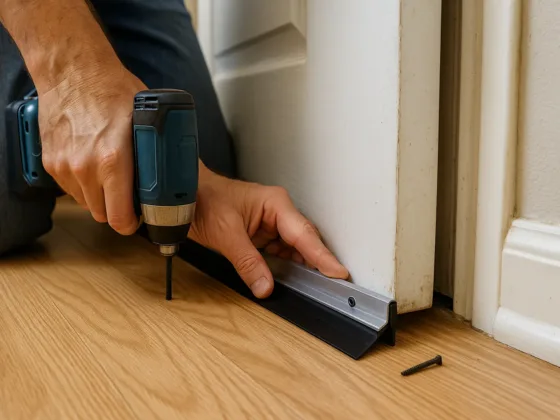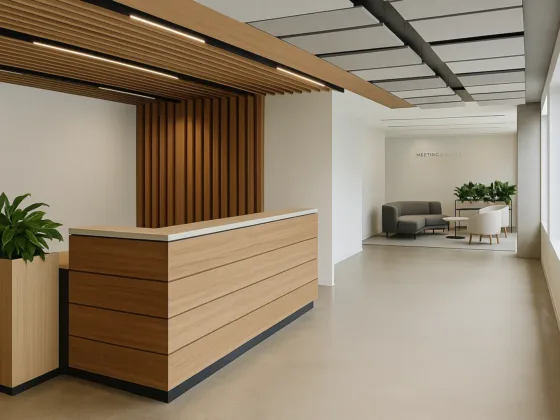Table of Contents Show
Nothing dents your account as electric bills do! Sometimes they act like a mini-heart attack. Needless to say, paying electric bills in 2022 is nerve-wracking. This is why a big set of people are marching toward solar panels to cut unnecessary costs while encouraging the idea of ‘go green’!
So if you’re on the hunt to find the perfect Tampa solar installer for your home, this post has some great stuff to reveal!
Nowadays, lots of tech brands generate electricity, provide light or a comfortable interior temperature, and give power to the water heaters. For example, solar panels are used to harness the sun’s energy.
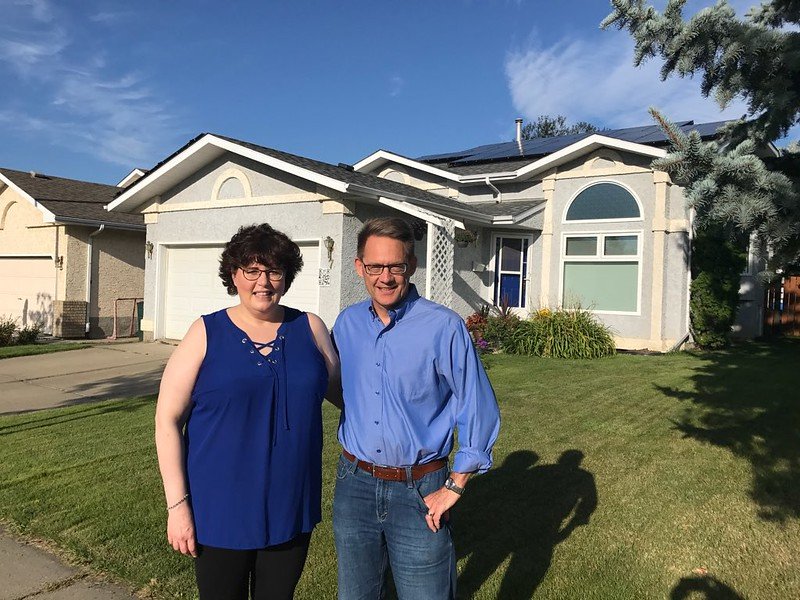
Solar energy technologies can be categorized into two main types: active and passive. Let’s take a look at their differences below.
The active solar technique uses mechanical or electrical devices to convert the sun’s energy, heat, or light to another form of usable energy.
On the other hand, passive solar methods include:
- Selecting materials with favorable thermal properties.
- Designing spaces that naturally circulate air.
- Positioning the building about the sun.
A common misconception is that solar energy is only used in areas with lots of sunlight, like the Sahara Desert. However, you can harness solar power in any location that gets some sunlight, even if it’s not very sunny.
The United Kingdom, for example, is not known for its sunny weather, but it has installed more solar photovoltaic (PV) systems than any other country in Europe.
A solar PV system is one of the most common types of solar energy system. You can use it for various applications, including powering homes and businesses, providing electricity to off-grid locations, and even generating power for electric vehicles.
Solar PV systems use sunlight to generate direct current (DC) electricity. You can then convert this DC electricity into alternating current (AC) electricity used in our homes and businesses.
Solar thermal energy is another type of solar energy technology that you can use to generate electricity or provide hot water. This type of system utilizes the sun’s heat to generate steam, which you can use to use a turbine and create power or use directly for heating purposes.
Solar energy is a renewable resource that you can use to power your homes, businesses, and even vehicles. It can help us reduce our dependence on fossil fuels and create a more sustainable future.
Read Also:
Advantages of Solar Panel Installation
- Solar power is a renewable resource, so it will never run out.
- Solar energy is free once you have installed the solar panels.
- Solar panels have a very long life expectancy and require little maintenance.
- Solar energy produces no pollution or emissions.
- You can position solar panels on most types of rooftops.
- Solar panel installation can boost the value of your home.
Disadvantages of Solar Panel Installation
- Solar panel installation can be expensive upfront.
- Solar panels may not produce sufficient energy to meet all of your needs, especially if you live in an area with limited sunlight.
- Solar panels can occupy a lot of space on your roof.
- You will need batteries to store the solar energy for use at night r on cloudy days.
- Solar panels can be damaged by severe weather, such as hail or high winds.
- Solar panel installation requires a permit from your local zoning board.
How Much Does Solar Installation Cost?
The price of solar panel installation can vary depending on several factors, such as the following:
- size and type of system you choose
- materials used
- the complexity of the building or structure
- your location
However, the average cost of a 5-kilowatt (kW) system is $12,500 after tax credits. This is enough to power an average home for one year.
Solar Panel Installation Process
Here’s a quick checklist for the installation process:
- Schedule a free consultation with a solar installer to see if your home is suitable for solar panels.
- The solar installer will come to your home to assess your roof and determine the best placement for the panels.
- Once the placement has been determined, the installer will obtain the necessary permits from your local zoning board.
- The solar installer will then order the panels and other materials needed for the installation.
- The solar installer will schedule a time to come and install the panels on your roof.
- Once the installation is finished, you will need to have your electrical system inspected by a licensed electrician.
- After the inspection, you can start using solar energy to power your home
How To Choose the Best Solar Panel Provider?
There are some things to consider when choosing solar panel providers. These include the quality of the panels, the price, and the warranty.
You should also make sure that the installer is appropriately licensed and insured.
Once you have found a few reliable providers, you can compare prices and choose the best option for your needs.
You may check 4 Solar Estimates for more information.
Additional Costs to Consider When Installing Solar Panels
- The cost of the solar panels themselves.
- The cost of the batteries, if you choose to have them installed.
- The inverter’s cost is needed to convert the DC electricity from the solar panels into AC electricity.
- The installation cost will vary depending on the complexity of the system and the size of your home.
- The cost of permits and inspections, which your local zoning board may require.
- The maintenance cost will be minimal but may include periodically cleaning the panels and batteries.
- The cost of electricity will be lower if you generate enough solar power to meet all of your needs.
- The tax credit cost can reduce the cost of solar panel installation by up to 30%.
Solar Panel Upkeep
Solar panels demand very little maintenance and have 25-30 years. However, you should periodically check the panels to ensure they are clean and free of debris.
You should also check the batteries every few months to ensure they are charged and in good working order. If you live in an area with harsh weather, you may want your system inspected annually to ensure no damage.
Can I Offset the Cost of Installing Solar Panels at Home?
Yes, there are a few ways to offset the cost of installing solar panels at home. The first is to take advantage of the federal solar tax credit, reducing the price by 30%.
You can also get rebates from your state or utility company. Finally, you can finance your solar panel installation through a loan or lease agreement.
Can you outsource or do a DIY solar panel installation?
Whether to outsource or DIY solar panel installation depends on a few factors. If you are comfortable working with tools and electrical wiring, then DIY installation may be suitable.
However, if you are not confident installing the system correctly, it is best to hire a professional. Outsourcing installation will also ensure that the work is done correctly and obtained all necessary permits and inspections.
Final Thoughts
There are several reasons you may want to invest in solar panels for your home or business. First, solar panels can help you save more money on your energy bills while reducing your impact on the environment.
But not all solar panels are suitable for every family and location. So do your research to know more about the pros and cons of solar panel installation. Or you can contact solar installation companies in your area for further assistance.
